Home>Furniture & Design>Bathroom Accessories>Where Does A Loofah Come From
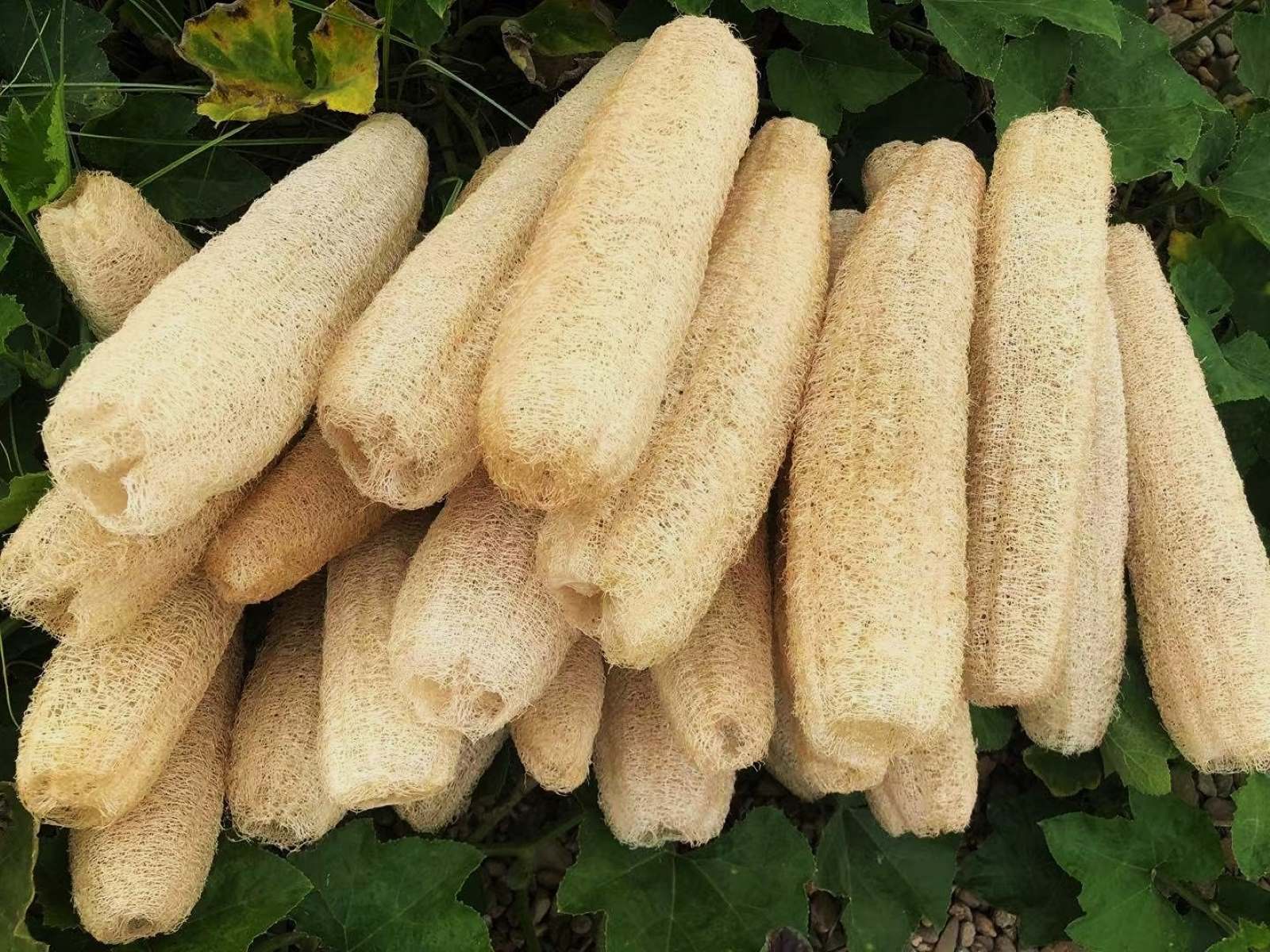

Bathroom Accessories
Where Does A Loofah Come From
Modified: March 19, 2024
Discover the origins of bathroom accessories like loofahs and learn where they come from. Explore the history and production of loofahs in this insightful guide.
(Many of the links in this article redirect to a specific reviewed product. Your purchase of these products through affiliate links helps to generate commission for Storables.com, at no extra cost. Learn more)
Introduction
The loofah, also known as a luffa or sponge gourd, is a fascinating and versatile bathroom accessory that has been used for centuries. Its natural origins and diverse uses make it a popular choice for exfoliating and cleansing the skin. In this article, we will delve into the origins of the loofah, exploring its natural and cultivated forms, the process of harvesting and processing, and its various uses. Whether you're a skincare enthusiast, a nature lover, or simply curious about this unique plant, join us on a journey to uncover the secrets of the loofah.
Key Takeaways:
- The loofah, derived from the Luffa plant, offers gentle exfoliation and sustainable skincare. Its natural and cultivated forms provide eco-friendly alternatives to synthetic sponges, promoting a harmonious relationship with the environment.
- From meticulous cultivation to shaping and refining, the loofah undergoes a transformative journey to become a versatile skincare tool. Its uses extend beyond skincare, offering eco-friendly options for household cleaning and creative projects.
Read more: Where Does Jenga Come From
What is a Loofah?
A loofah is a natural exfoliating sponge derived from the fibrous interior of the mature fruit of the Luffa plant. This plant, belonging to the cucumber family, produces long, cylindrical fruits that, when dried, form the familiar scrubbing sponge. The loofah's fibrous texture makes it an excellent tool for gently removing dead skin cells, stimulating blood circulation, and promoting overall skin rejuvenation.
There are two main types of loofah: natural and cultivated. The natural loofah is derived from the mature fruit of the Luffa plant, while the cultivated loofah is grown specifically for commercial use. Both types offer unique benefits and are widely used in skincare routines around the world.
The natural loofah, also known as the Egyptian or dishcloth gourd, grows in tropical and subtropical regions. When the fruit reaches maturity, it is harvested and processed to reveal the fibrous network that forms the basis of the loofah sponge. On the other hand, cultivated loofah is carefully grown and tended to ensure optimal fiber quality and sponge formation.
Regardless of its origin, the loofah is a sustainable and eco-friendly alternative to synthetic sponges and exfoliating tools. Its natural composition and biodegradability make it an attractive choice for individuals seeking environmentally conscious skincare products.
In the next sections, we will explore the natural and cultivated forms of the loofah in more detail, shedding light on the fascinating process of harvesting and processing this unique plant to create the beloved exfoliating sponge.
Natural Loofah
The natural loofah, also known as the Luffa aegyptiaca or Luffa acutangula, is a remarkable plant that has been cultivated for centuries for its versatile and sustainable uses. This tropical and subtropical vine produces elongated fruits that, when mature, contain a network of fibrous tissue that forms the basis of the loofah sponge.
The process of growing natural loofah begins with planting the seeds in well-drained soil and providing adequate sunlight and water. As the plant matures, it produces vibrant yellow flowers that eventually give way to the elongated fruits. These fruits, often referred to as gourds, can grow to impressive lengths, sometimes reaching over a foot in size.
When the loofah fruit reaches maturity, it is carefully harvested to ensure optimal fiber quality. The outer skin of the fruit is removed, revealing the fibrous network within. This network consists of interconnected fibers that create a natural exfoliating surface, perfect for skincare and cleansing purposes.
The natural loofah's sustainable nature is a key factor in its popularity. Unlike synthetic sponges, the loofah is biodegradable and environmentally friendly. Its cultivation and harvesting processes have minimal impact on the environment, making it an attractive choice for individuals seeking eco-conscious skincare products.
In addition to its use as an exfoliating sponge, the natural loofah has a range of other applications. In some cultures, the young fruits are consumed as a vegetable, offering a nutritious addition to various dishes. The fibrous network of the mature fruit can also be repurposed for household cleaning, providing a natural and effective alternative to synthetic scrubbers.
The natural loofah's versatility and sustainable qualities have made it a beloved bathroom accessory and household staple around the world. Its natural origins and eco-friendly composition align with the growing demand for sustainable and biodegradable products in the skincare and wellness industry.
As we continue to explore the world of loofah, we will delve into the cultivated form of this remarkable plant, shedding light on the meticulous process of growing and processing loofah for commercial use.
Cultivated Loofah
Cultivated loofah, also known as Luffa cylindrica, is a carefully tended and cultivated form of the loofah plant, specifically grown for commercial use. This variety of loofah is prized for its consistent fiber quality and sponge formation, making it a preferred choice for skincare and exfoliation products.
The process of cultivating loofah begins with selecting high-quality seeds and preparing the ideal growing conditions. Farmers and cultivators ensure that the soil is well-drained and rich in nutrients, providing the loofah plants with the necessary foundation for healthy growth. Adequate sunlight and water are essential for nurturing the plants through each stage of development.
As the loofah plants mature, they produce elongated fruits that are carefully monitored and tended to. The cultivation process involves meticulous care to ensure that the fruits reach optimal maturity, resulting in the formation of robust and fibrous sponges. Cultivated loofah plants are often trained to grow vertically, allowing the fruits to develop uniformly and maintain consistent fiber quality.
Harvesting cultivated loofah requires precision and expertise to preserve the integrity of the sponges. Once the fruits have reached maturity, they are harvested at the peak of their fiber development. The outer skin is removed to reveal the fibrous network within, which forms the basis of the exfoliating sponge. This delicate process is crucial in maintaining the quality and effectiveness of the cultivated loofah.
The cultivation of loofah involves a delicate balance of traditional farming practices and modern agricultural techniques. Farmers and cultivators leverage their expertise to optimize the growth and development of the loofah plants, ensuring that the resulting sponges meet the highest standards of quality and performance.
Cultivated loofah plays a significant role in the skincare and wellness industry, providing a sustainable and eco-friendly alternative to synthetic exfoliating tools. Its cultivation process reflects a commitment to environmental responsibility and the production of natural, biodegradable products.
The meticulous cultivation of loofah plants for commercial use underscores the dedication to providing consumers with high-quality skincare accessories that are both effective and environmentally conscious. As the demand for sustainable and natural skincare products continues to rise, cultivated loofah remains a valuable and sought-after resource in the realm of personal care and wellness.
A loofah comes from the fibrous interior of the luffa plant, which is a type of gourd. When the plant is mature, the outer skin is peeled away to reveal the sponge-like material inside, which is then dried and used as a bath or kitchen sponge.
Harvesting Loofah
Harvesting loofah is a critical stage in the process of obtaining the natural and cultivated sponges that have become synonymous with skincare and exfoliation. The timing and precision of the harvesting process significantly impact the quality and effectiveness of the resulting loofah sponges.
For natural loofah, the harvesting process begins when the elongated fruits of the Luffa plant reach full maturity. At this stage, the fruits are carefully handpicked to ensure that the fibrous network within has developed to its optimal state. The outer skin of the fruit is then removed, revealing the intricate network of fibers that form the basis of the exfoliating sponge. This delicate process requires expertise and attention to detail to preserve the integrity of the fibers and ensure that the natural loofah retains its exfoliating properties.
In the case of cultivated loofah, the harvesting process follows a similar meticulous approach. Once the cultivated loofah fruits have reached their peak fiber development, they are harvested with precision to maintain the quality of the sponges. The outer skin is expertly removed to unveil the fibrous network, which has been carefully nurtured and cultivated to produce consistent and effective exfoliating sponges.
The harvesting of loofah is a labor-intensive and precise endeavor, requiring a deep understanding of the plant's growth cycle and fiber development. Farmers and cultivators play a crucial role in ensuring that the harvesting process yields sponges of the highest quality, ready to be processed and utilized in various skincare and wellness applications.
The harvested loofah undergoes further processing to refine and shape the sponges, preparing them for their role in exfoliation, cleansing, and skincare. The dedication and expertise involved in the harvesting process reflect a commitment to providing consumers with natural, sustainable, and effective skincare accessories.
As the harvested loofah sponges make their way into the hands of individuals seeking gentle exfoliation and natural skincare solutions, they carry with them the essence of meticulous harvesting and the promise of a rejuvenating and eco-conscious skincare experience.
Read more: Where Does Glass Come From
Processing Loofah
The processing of loofah is a crucial stage that transforms the harvested fibrous network into the familiar exfoliating sponges used in skincare and wellness routines. This intricate process involves several steps to refine, shape, and prepare the loofah sponges for their role in cleansing and exfoliation.
Once the loofah has been harvested and the outer skin removed, the fibrous network undergoes thorough cleaning to remove any remaining plant material and impurities. This initial cleaning stage is essential to ensure that the loofah sponges meet the highest standards of hygiene and purity, aligning with the expectations of consumers seeking natural and clean skincare accessories.
Following the cleaning process, the loofah undergoes a meticulous drying phase to remove excess moisture and prepare the fibers for shaping. Drying is a critical step in the processing of loofah, as it sets the foundation for the sponges' texture and durability. Careful monitoring and controlled drying conditions are employed to maintain the integrity of the fibers and prevent damage or degradation.
Once the loofah fibers have been thoroughly dried, they are shaped and trimmed to create the familiar sponge form. Skilled artisans and manufacturers utilize precision techniques to shape the loofah into various sizes and designs, catering to the diverse preferences of consumers. Whether it's a compact facial sponge or a larger body exfoliator, the shaping process ensures that each loofah sponge is crafted with attention to detail and functionality.
After shaping, the loofah sponges may undergo additional treatments to enhance their exfoliating properties or aesthetic appeal. Some sponges are buffed or smoothed to refine their texture, while others may be infused with natural oils or botanical extracts to offer added skincare benefits. These treatments are thoughtfully applied to elevate the loofah sponges' performance and enrich the user's skincare experience.
The processed loofah sponges are then carefully inspected to uphold quality standards before being packaged and made available to consumers. Each sponge embodies the culmination of the harvesting, processing, and shaping stages, representing a natural, sustainable, and effective skincare accessory.
As individuals incorporate these processed loofah sponges into their daily skincare rituals, they benefit from the dedication and expertise woven into every step of the processing journey. The result is a rejuvenating and eco-conscious skincare experience that celebrates the natural beauty and versatility of the loofah.
Uses of Loofah
The loofah, with its natural exfoliating properties and versatile applications, serves as a beloved skincare accessory with a multitude of uses. From gentle exfoliation to everyday cleansing, the loofah has found its place in skincare and wellness routines around the world.
One of the primary uses of the loofah is as an exfoliating sponge. Its fibrous texture provides gentle yet effective exfoliation, helping to remove dead skin cells, unclog pores, and stimulate blood circulation. Whether used on the face, body, or feet, the loofah offers a natural way to rejuvenate the skin, leaving it smooth and refreshed.
In addition to exfoliation, the loofah serves as a reliable tool for cleansing the skin. When paired with a favorite soap or body wash, the loofah creates a rich lather and helps to thoroughly cleanse the skin, removing impurities and excess oils. Its textured surface enhances the cleansing experience, leaving the skin feeling revitalized and invigorated.
The versatility of the loofah extends beyond skincare, as it can also be utilized for household cleaning tasks. The fibrous network of the loofah makes it an effective and eco-friendly alternative to synthetic scrubbers, ideal for tackling dishes, countertops, and various surfaces. Its natural composition and durability make it a sustainable choice for individuals seeking environmentally conscious cleaning tools.
Furthermore, the loofah can be repurposed for DIY projects and crafts, adding a touch of natural texture and functionality to creative endeavors. Whether incorporated into handmade soaps, used as a natural pot scrubber, or fashioned into decorative elements, the loofah's versatility extends into the realm of arts and crafts.
The uses of the loofah reflect its adaptability and sustainability, offering a range of benefits for skincare, cleansing, and household applications. As individuals embrace natural and eco-conscious lifestyle choices, the loofah continues to be a cherished and indispensable part of daily routines, providing a gentle and effective approach to skincare and wellness.
Conclusion
In conclusion, the journey through the world of loofah has unveiled the remarkable natural origins, meticulous cultivation, and intricate processing that culminate in the beloved exfoliating sponges. From the tropical vines that yield the natural loofah to the carefully tended cultivated plants, the loofah embodies sustainability, versatility, and eco-conscious skincare.
The natural loofah, derived from the Luffa plant, showcases the beauty of nature's exfoliating gift. Its sustainable cultivation and harvesting reflect a harmonious relationship with the environment, offering a biodegradable and eco-friendly alternative to synthetic sponges. The natural loofah's multifaceted applications, from skincare to household cleaning, underscore its adaptability and utility in everyday life.
On the other hand, the cultivated loofah exemplifies the fusion of traditional farming practices and modern agricultural techniques. The dedication to nurturing high-quality fibers and shaping them into consistent sponges reflects a commitment to providing consumers with effective and sustainable skincare accessories.
The harvesting and processing of loofah require expertise and precision, ensuring that each sponge embodies the essence of natural exfoliation and cleanliness. From meticulous harvesting to shaping and refining, the loofah undergoes a transformative journey that culminates in its role as a gentle and rejuvenating skincare tool.
The uses of the loofah extend beyond skincare, encompassing household cleaning and creative endeavors, showcasing its versatility and sustainability. As individuals seek natural and eco-conscious lifestyle choices, the loofah remains a cherished and indispensable part of daily routines, offering a gentle and effective approach to skincare and wellness.
In essence, the loofah's journey from plant to sponge encapsulates the harmony between nature, sustainability, and personal care. Its natural exfoliating properties, diverse applications, and eco-friendly composition make it a timeless and cherished companion in the realm of skincare and wellness. As we continue to embrace the beauty of natural and sustainable products, the loofah stands as a testament to the enduring allure of nature's gifts in our daily lives.
Frequently Asked Questions about Where Does A Loofah Come From
Was this page helpful?
At Storables.com, we guarantee accurate and reliable information. Our content, validated by Expert Board Contributors, is crafted following stringent Editorial Policies. We're committed to providing you with well-researched, expert-backed insights for all your informational needs.
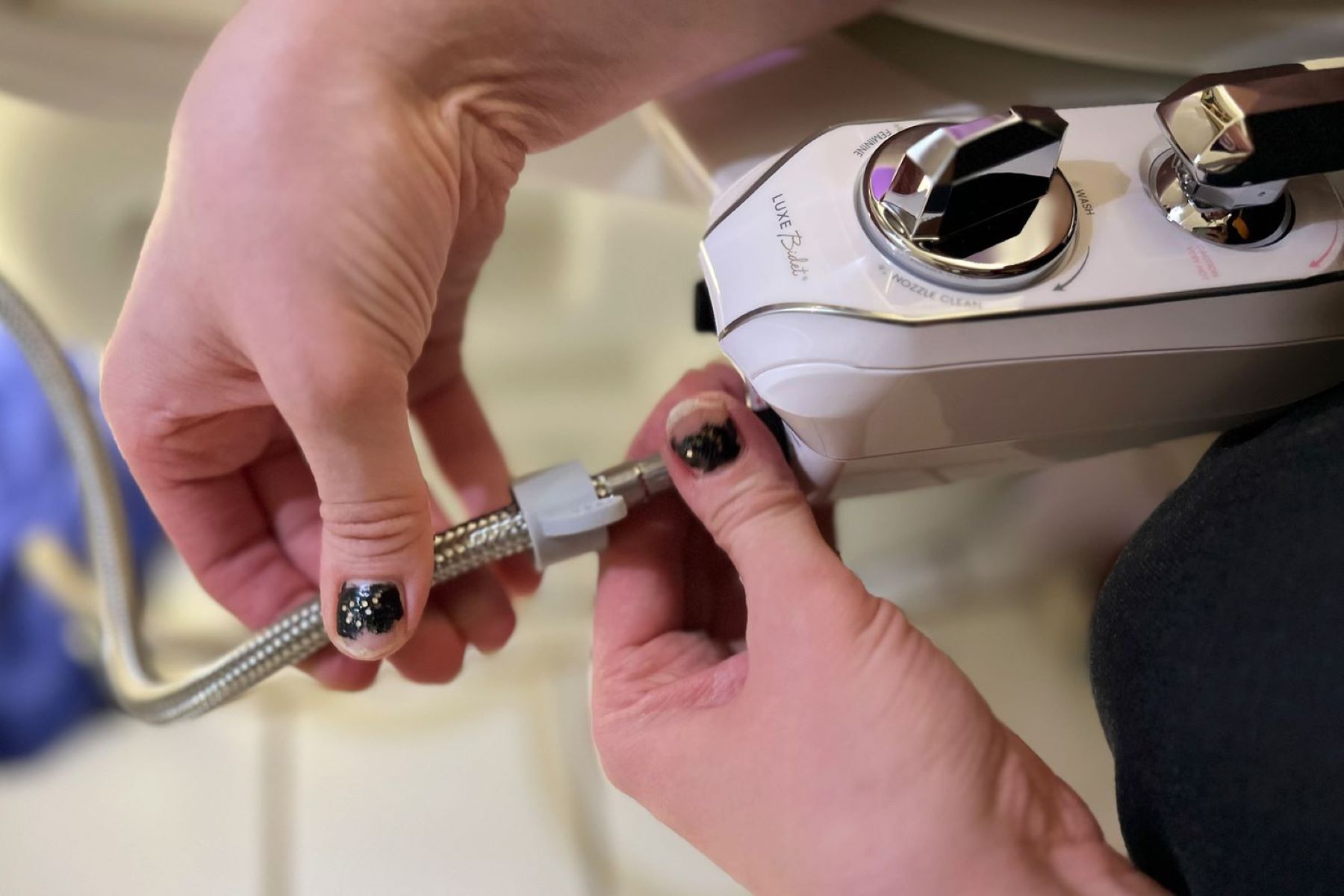
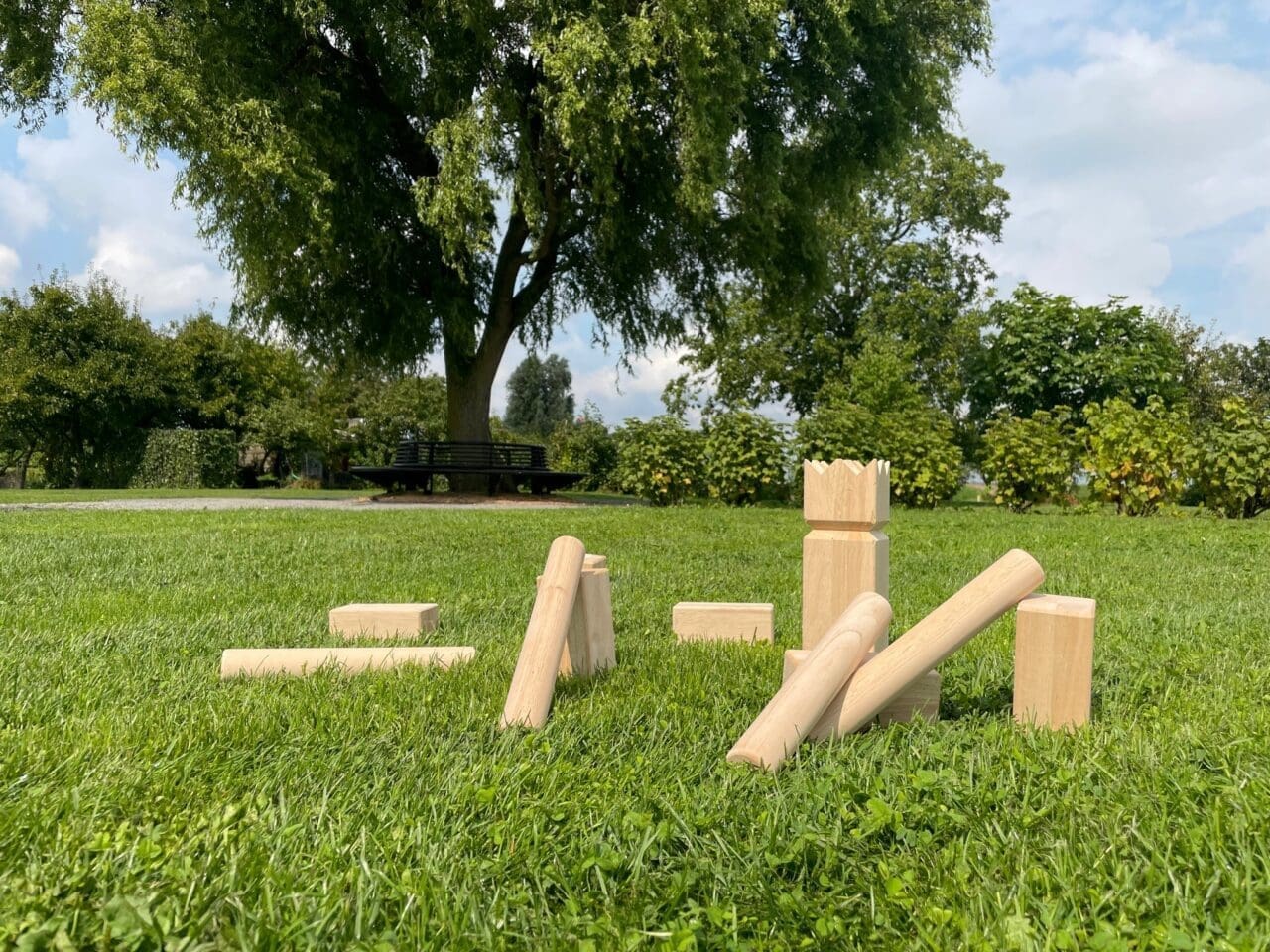
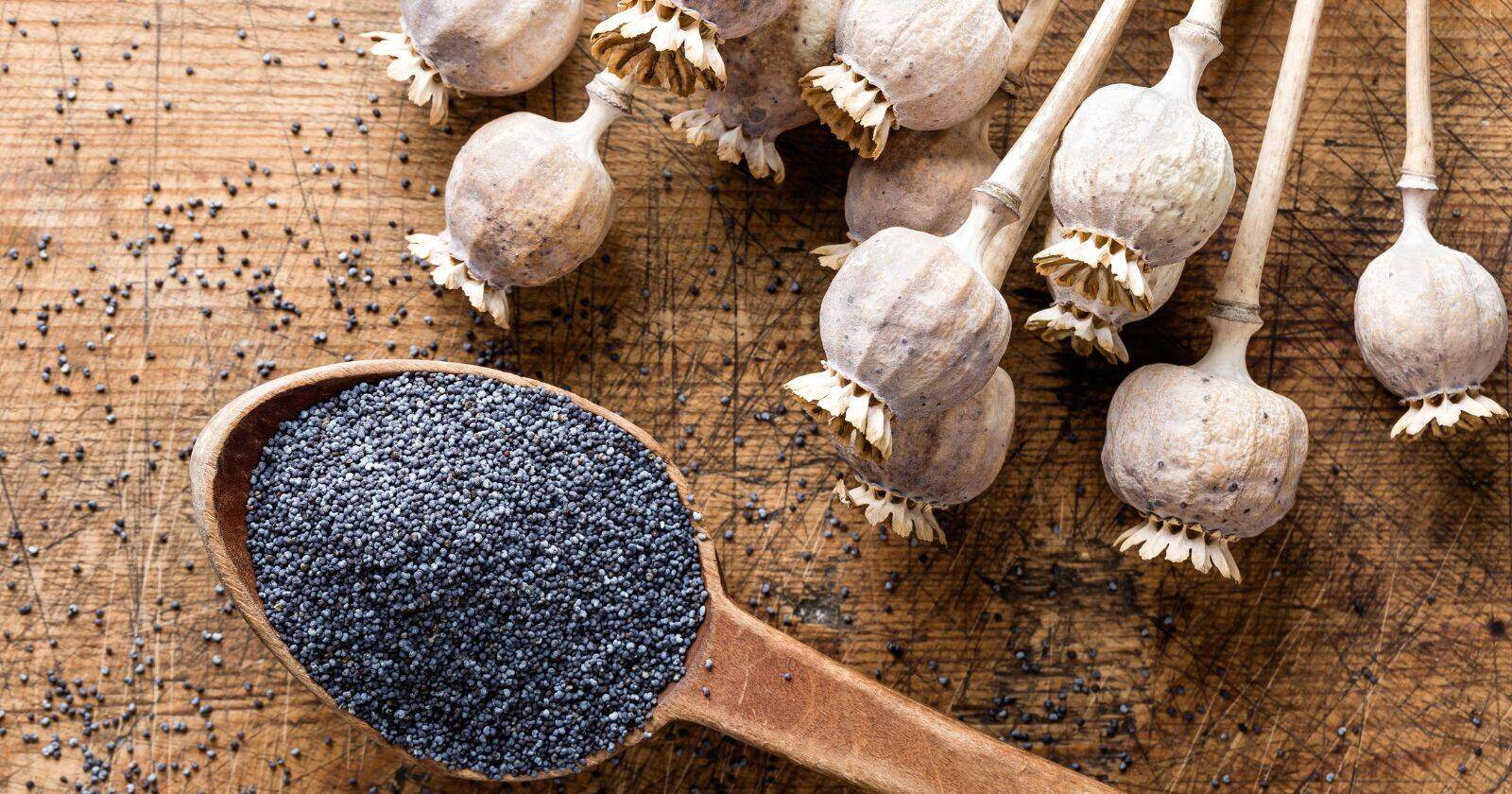
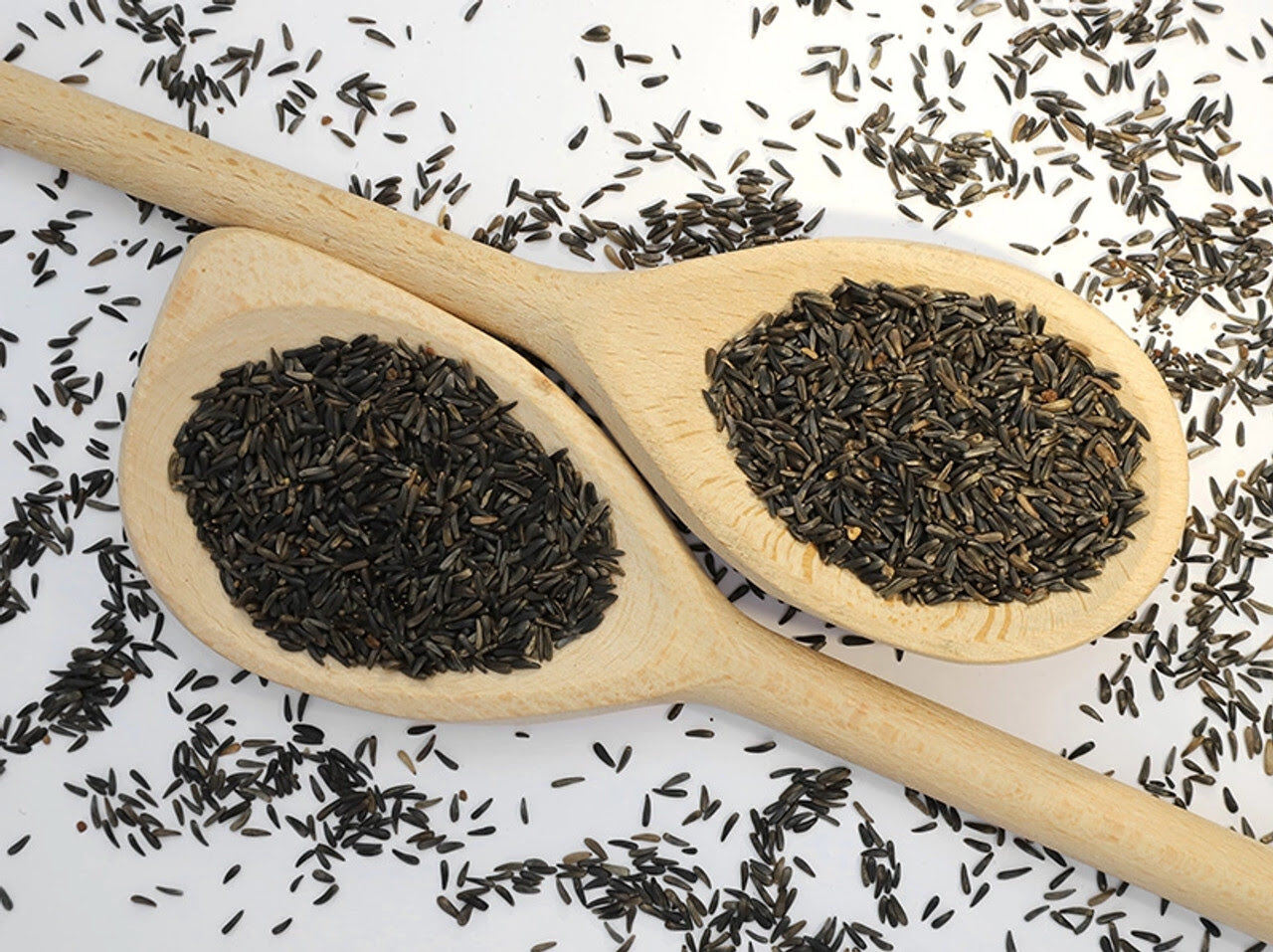
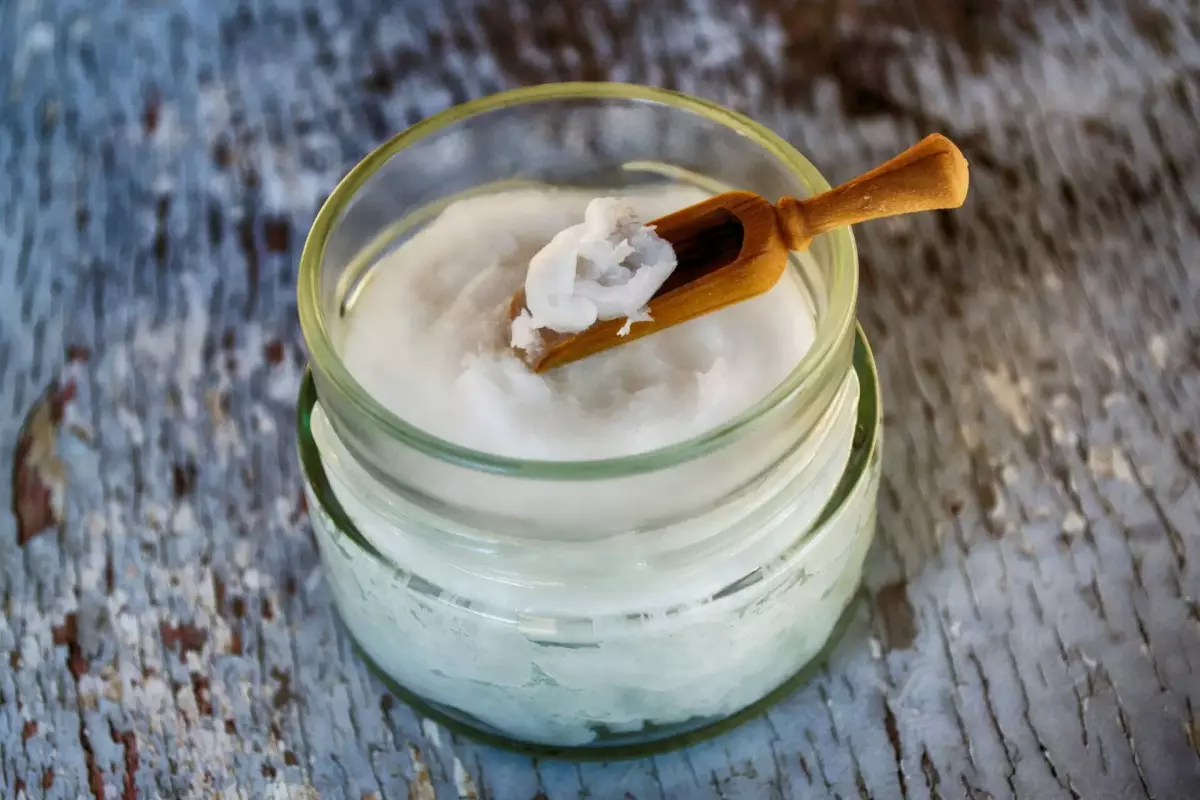
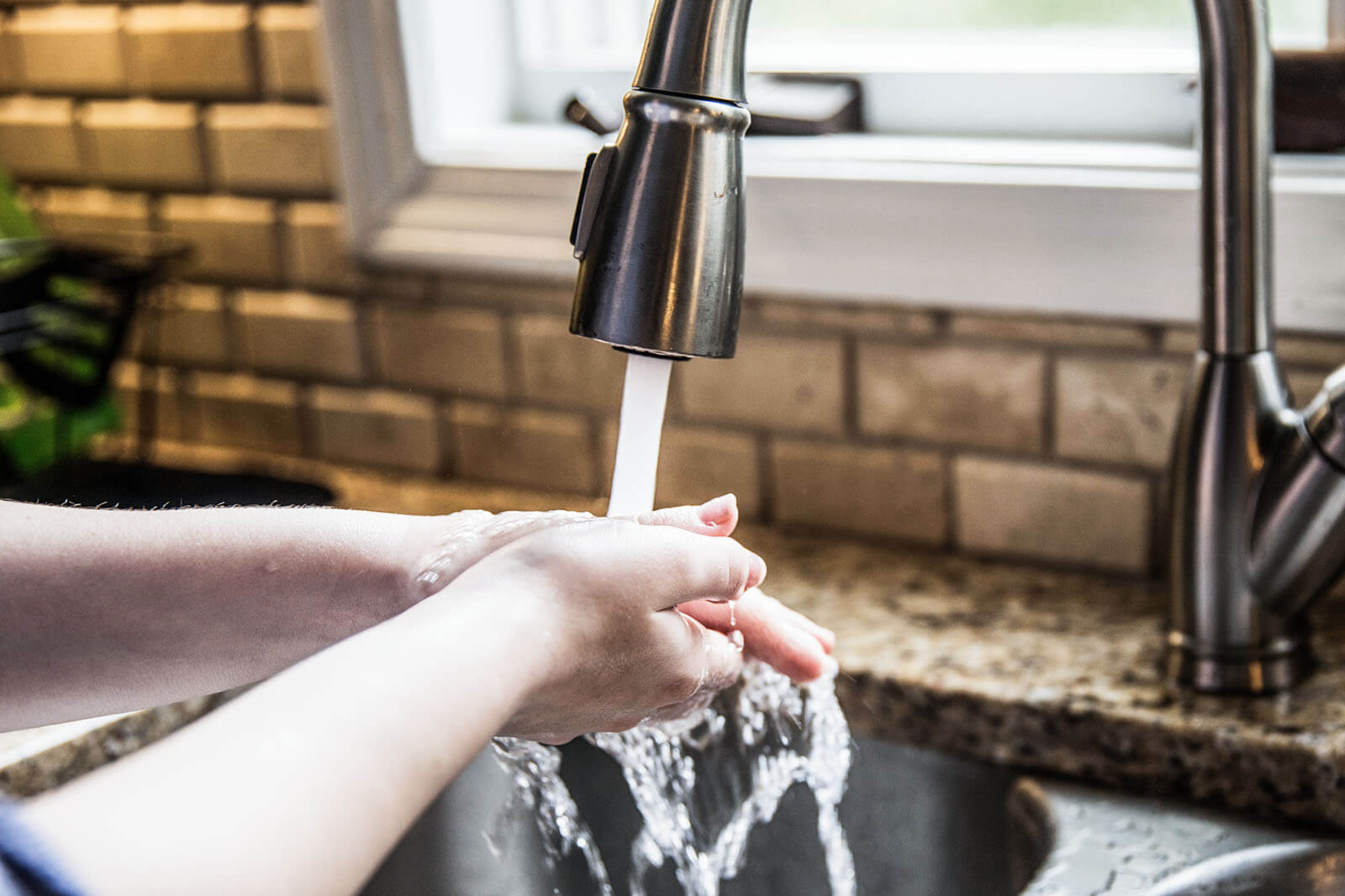
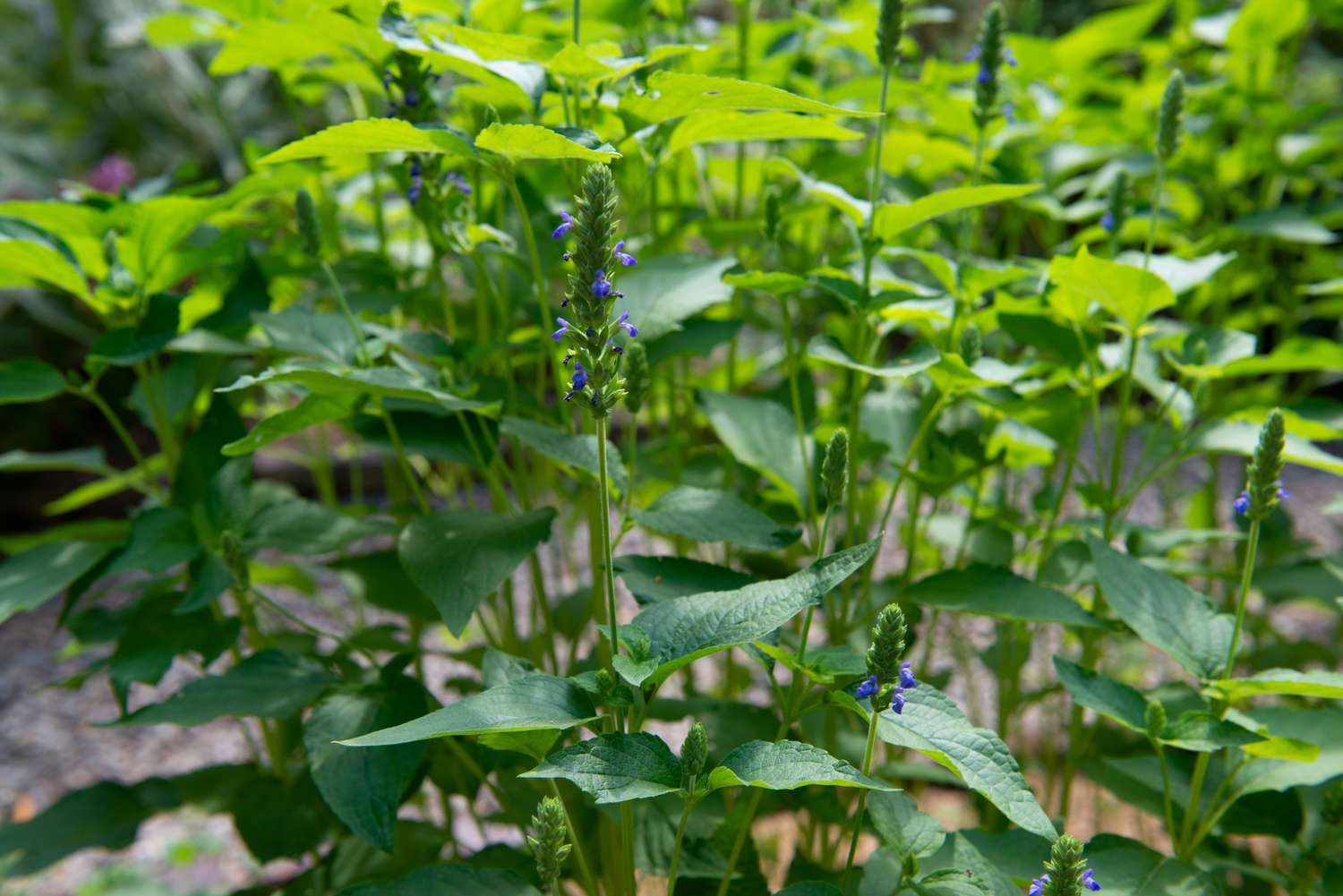
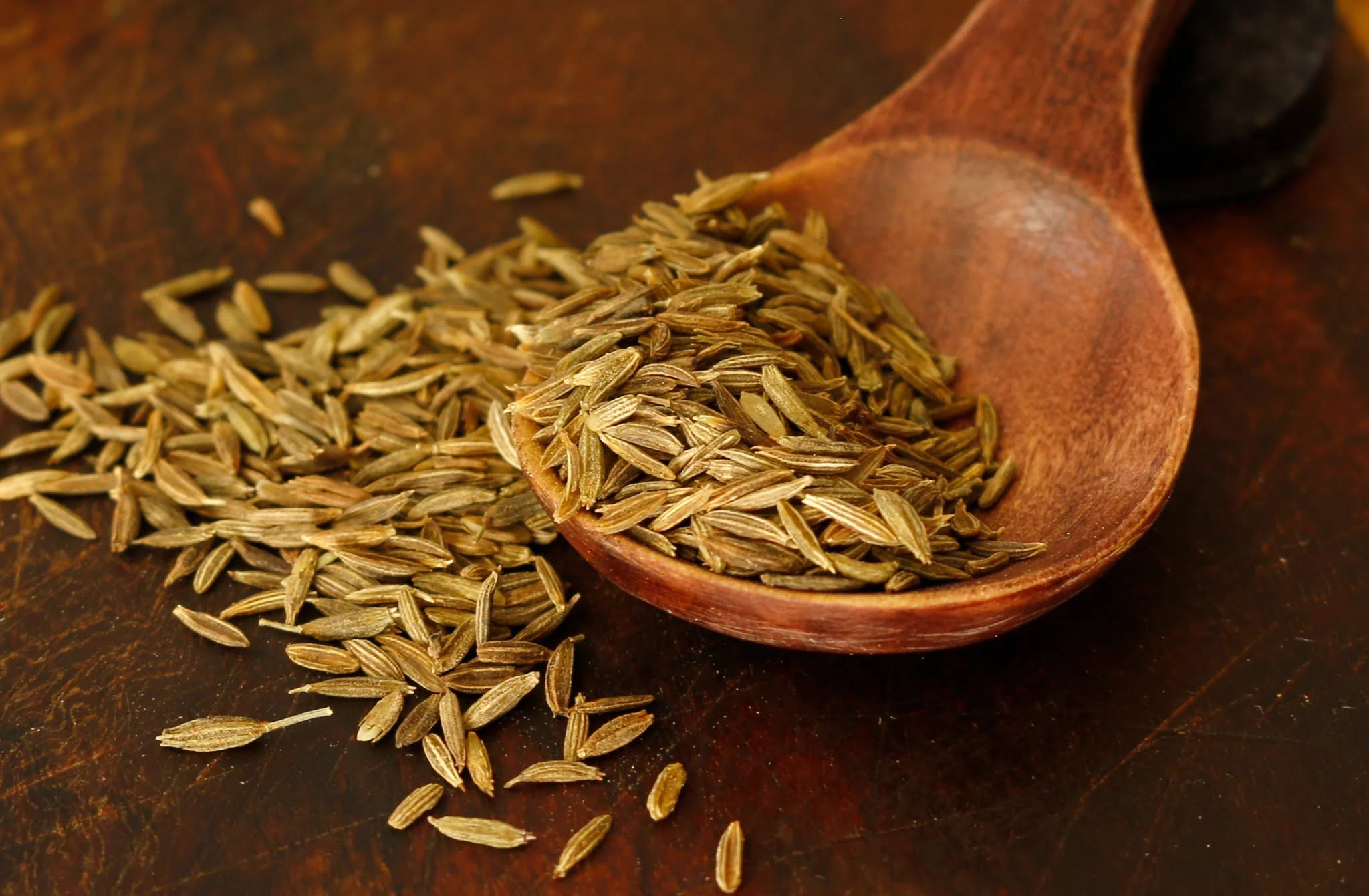
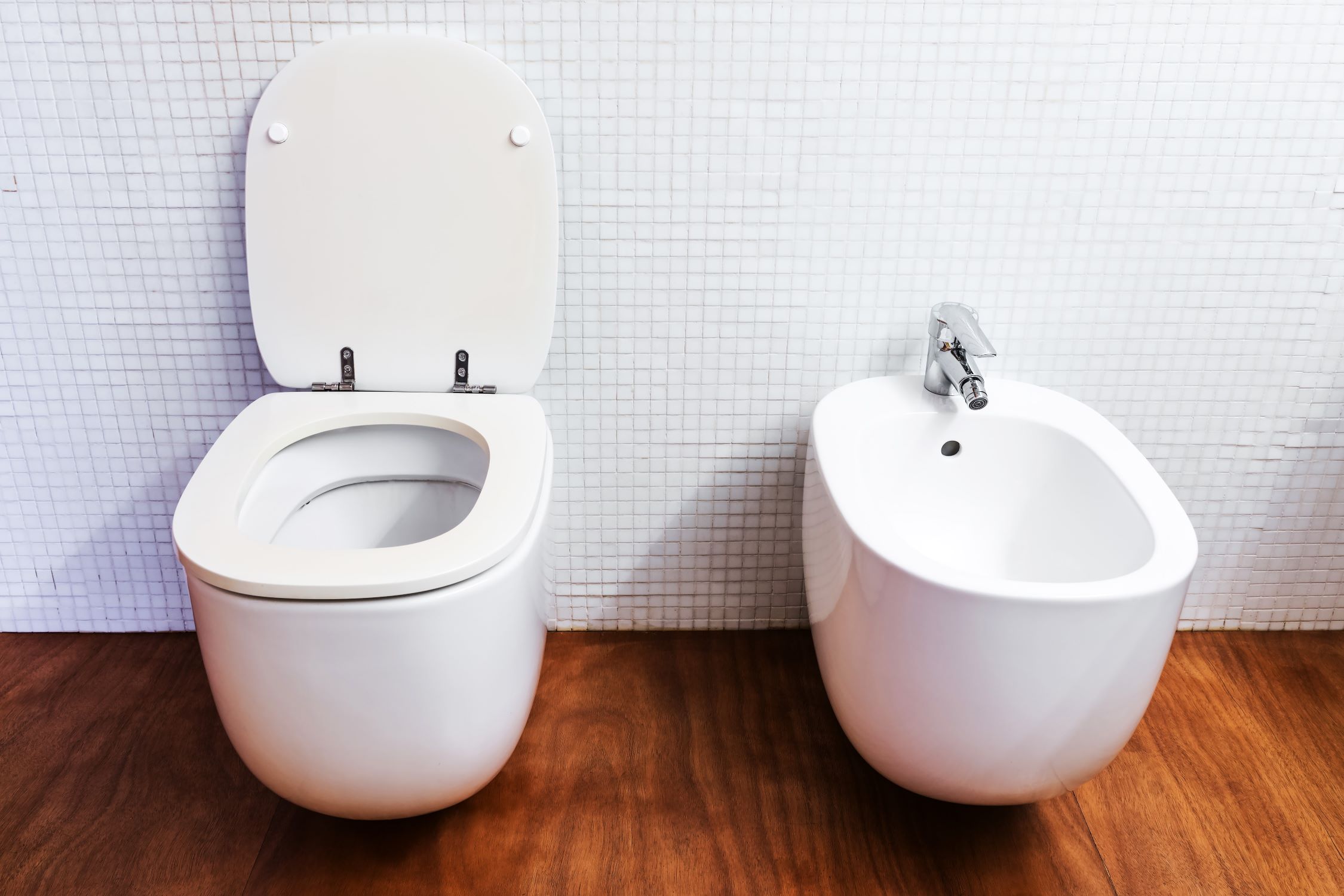
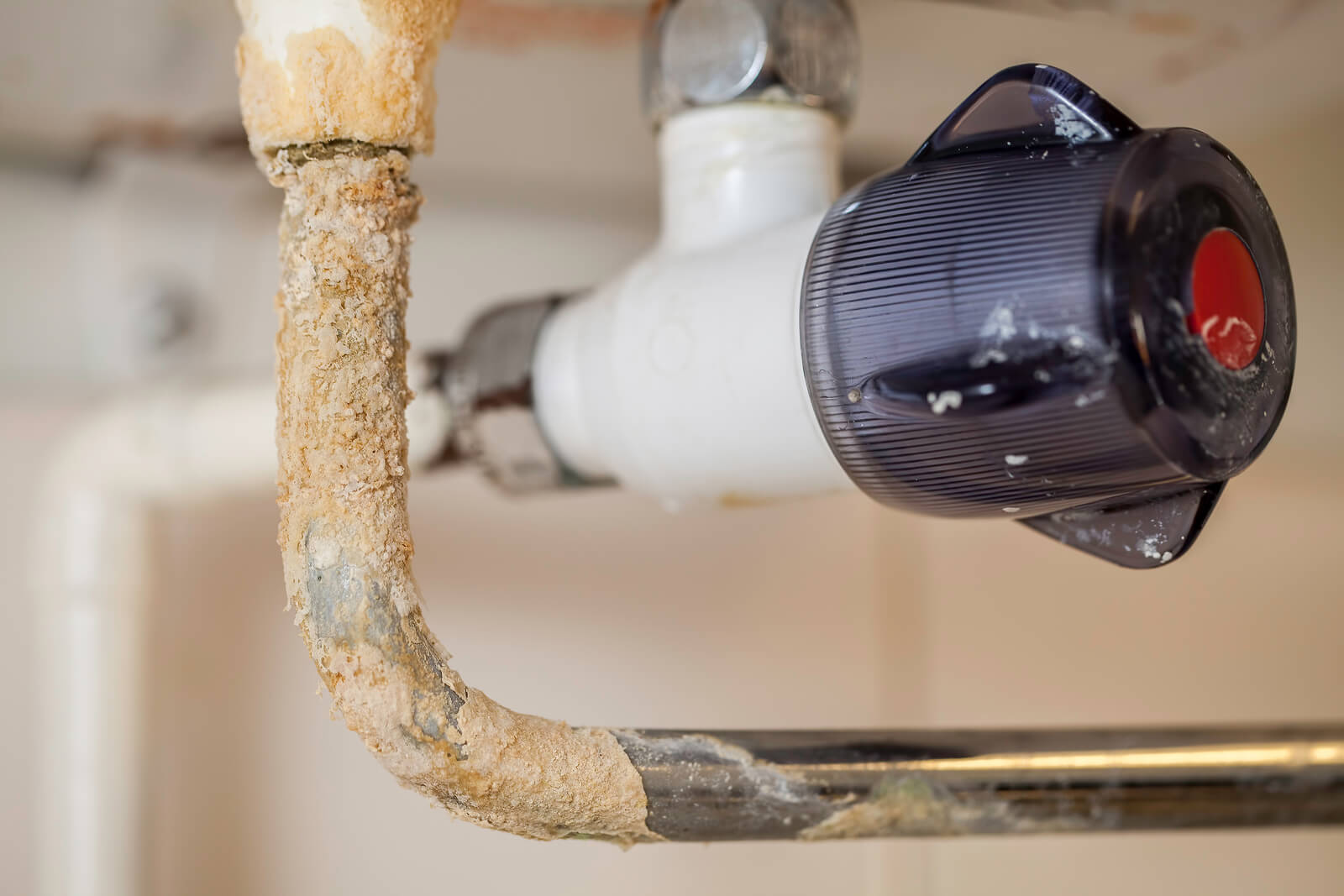
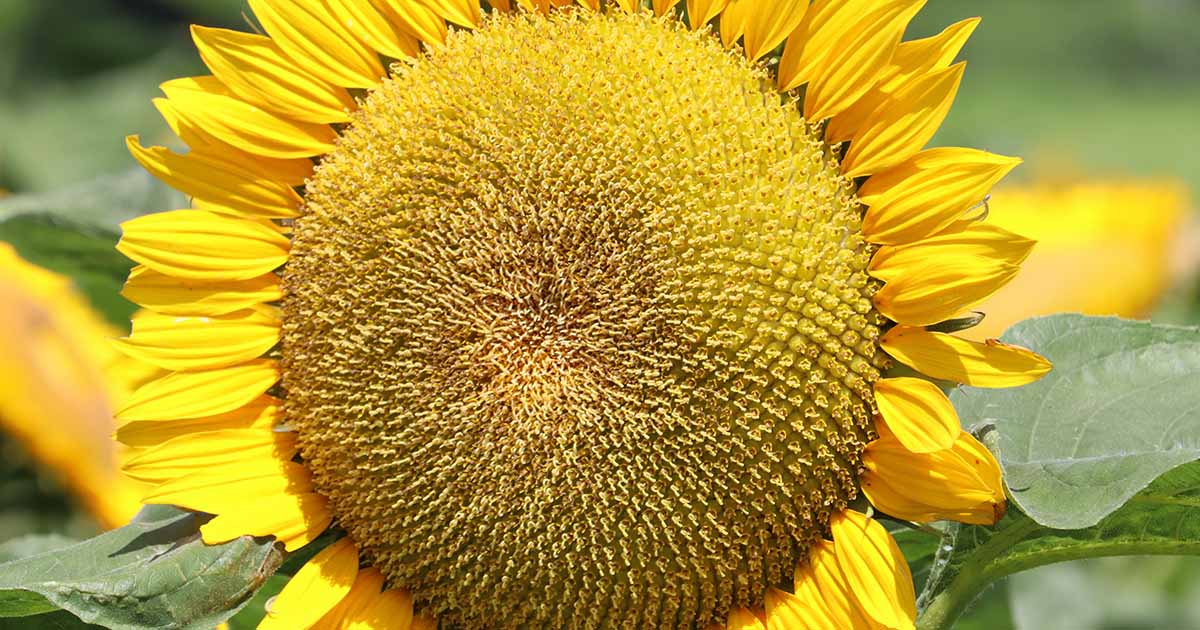
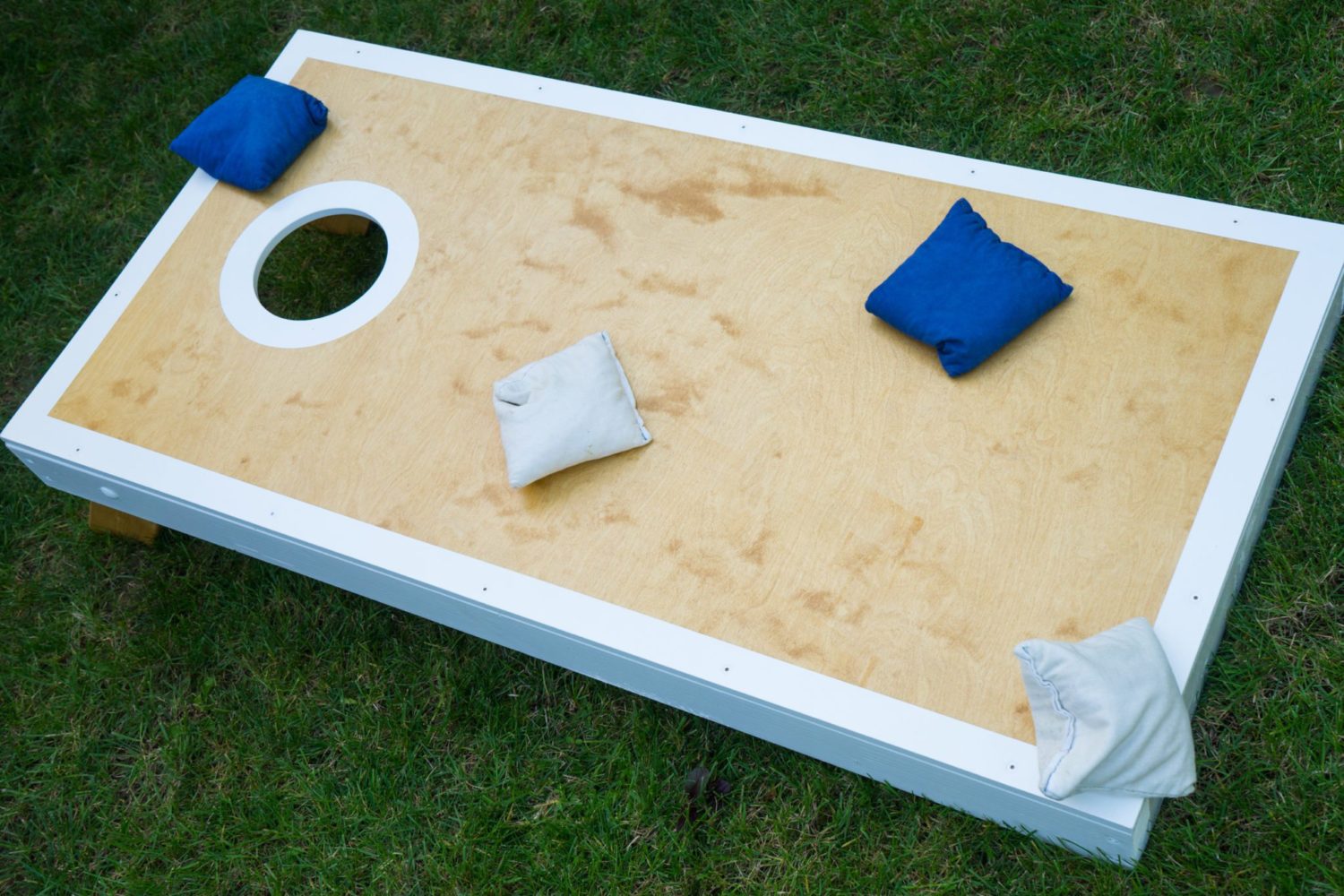
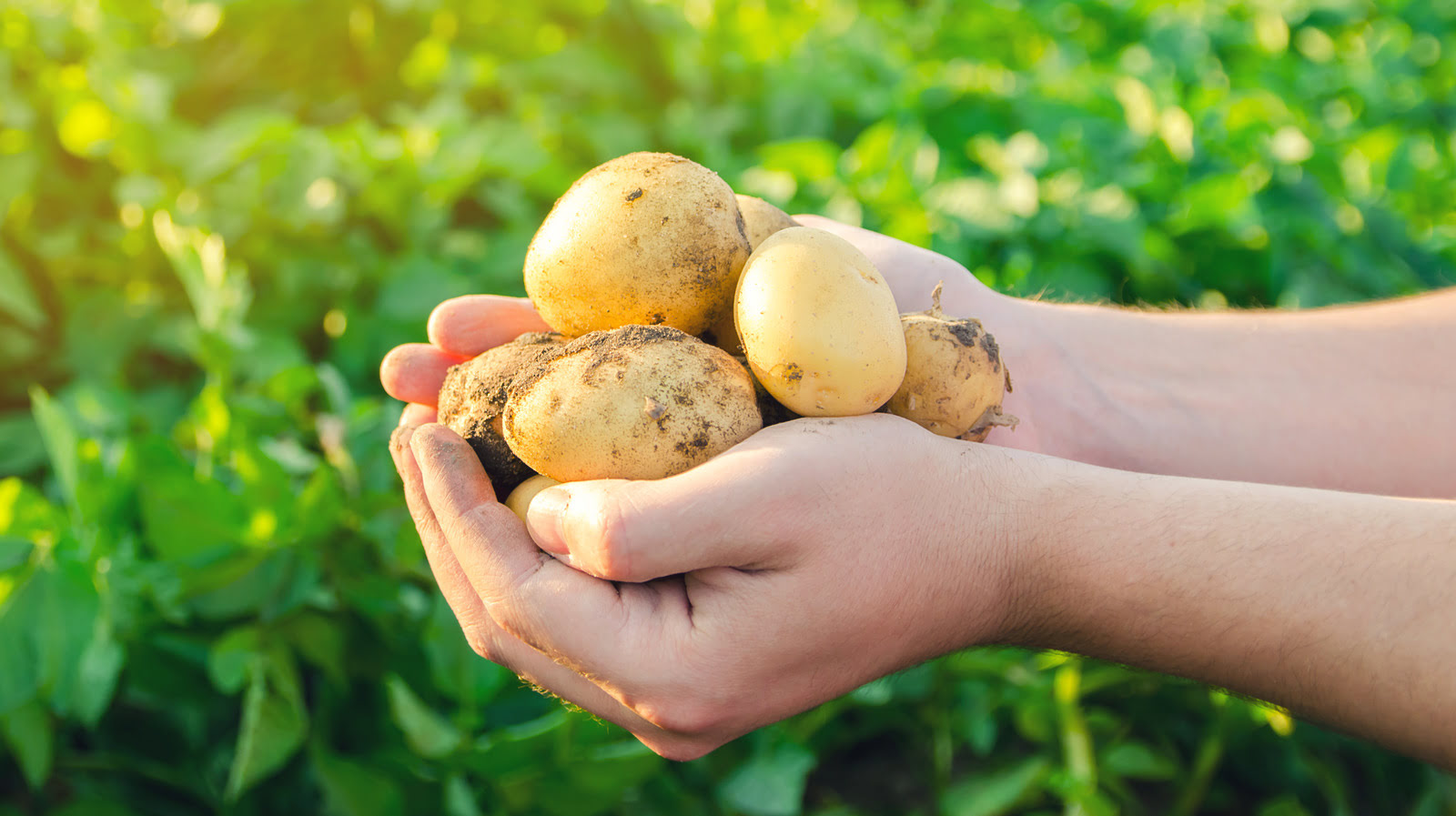
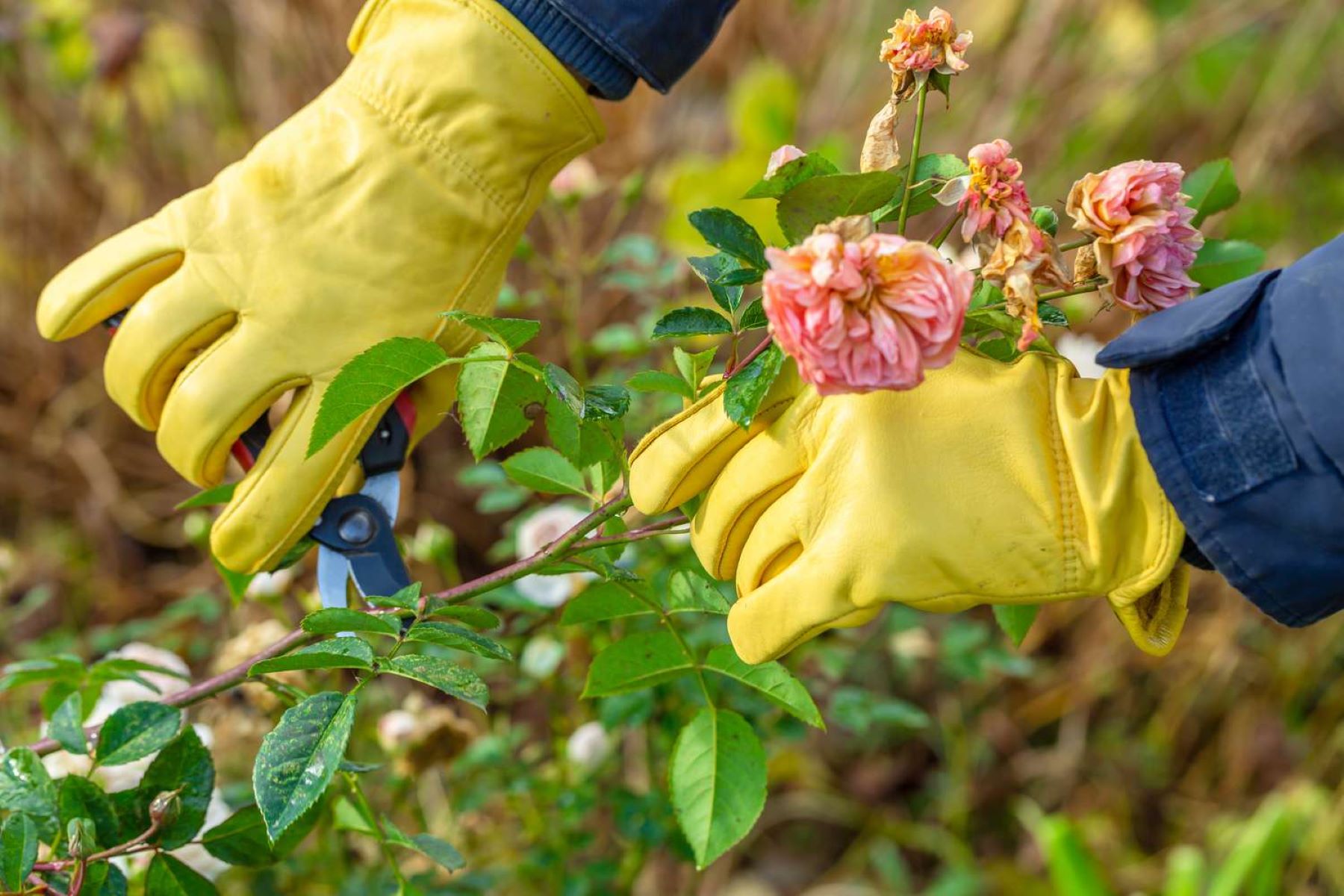

0 thoughts on “Where Does A Loofah Come From”